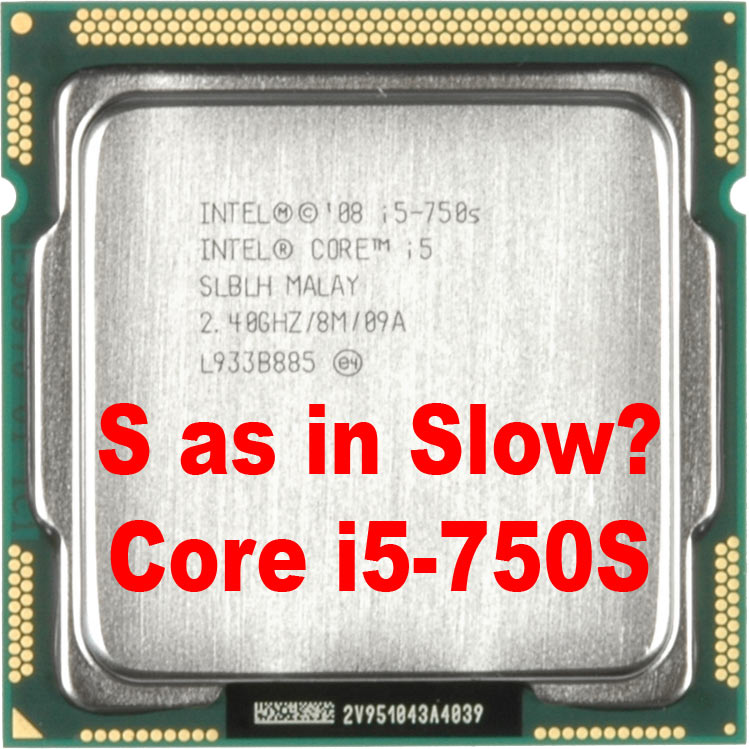Intel Core i5-750S: Since When Does The S Mean Slow?
Core i5-750S: What Does The S Stand For?
Update (3/9): Shortly after this story went live we got on the phone to discuss this SKU with Intel representatives, who claim it was conceptualized as a complement to the company’s recently-released Clarkdale-based Core i5s and Core i3s.
As you know, those are dual-core models with TDPs of 73W and 87W. The Core i5-750S and its 82W TDP is, according to Intel, the only quad-core Nehalem-based processor able to fit within the same thermal constraints and employ the same thermal solutions as the Clarkdale-based CPUs.
While we don’t have any examples of smaller form factor designs enabled by the 13W savings, Intel is adamant that the Core i5-750S is intended for the channel and its unique needs, rather than the do-it-yourself enthusiast market. This is perhaps most evident in the fact that Core i5-750S processors are fairly rare at etail.
Nevertheless, we maintain that it’s important for enthusiasts to be educated regarding the differences between the -750 and -750S, especially since the ‘S’-class model is notably more expensive and quantifiably-slower, as you'll see in the following benchmarks.
Introduction
The Core i5-750S is a low-power version of a CPU we often recommend as a solid value for the gamer on a budget: the popular Core i5-750 quad-core, based on Intel's Lynnfield design and widely regarded as a potent overclocker. The S-suffix that represented low-power models is now being used on a processor that, as expected, drops power from the i5's standard 95W TDP. However, it only does so at decreased performance. Is Intel starting to taper off performance in order to hit its lower power consumption figures?
The Intel S Processors
Get Tom's Hardware's best news and in-depth reviews, straight to your inbox.
We reviewed the Intel Core 2 Quad Q8200S and Q9550S processors almost a year ago, and they delivered expected levels of performance at decreased idle power and, more importantly, at clearly decreased peak power. What had previously required a 95W thermal envelope fit into a 65W frame with the S-series. The only disadvantage was monetary. For most users, the S might as well have stood for "Soooo expensive!"
A New Kind of S?
While the Core 2 Quad S-models had identical clock speeds and performance as their mainstream siblings, only differing in voltage settings and power consumption, Intel has released an S-model processor that reaches its power savings through performance reduction.
The Core i5-750S does not run at the same 2.66 GHz nominal clock speed as the regular Core i5-750. Instead, the chip is limited to 2.4 GHz. Moreover, there's another drawback with Turbo Boost technology, a key advantage of the Core i5/i7 processors over their predecessors. The i5-750S will not increase the core clock speed for all four cores at all, limiting performance in well-threaded applications, although it still switches to as much as 3.2 GHz for one or two cores.
We compared the Core i5-750 and i5-750S, analyzing their performance, power consumption, and efficiency. This time, the results are less impressive that usual.
Current page: Core i5-750S: What Does The S Stand For?
Next Page Core i5-750S: 82W TDP